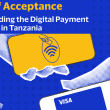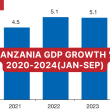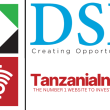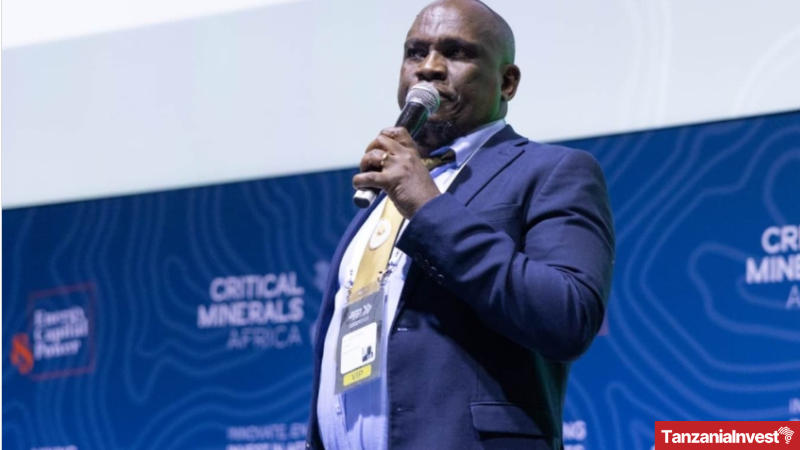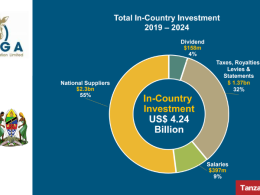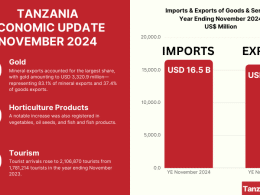Tanzania’s Mining Vision 2030 strategy aims to de-risk the mining sector by increasing the availability of geological data, thereby reducing potential investment risks.
This statement was made on 6th November 2024 by Dr. Venance Mwasse, CEO of Tanzania’s State Mining Corporation (STAMICO) at the Africa Critical Minerals Summit in Cape Town, South Africa.
Dr. Mwasse elaborated that the strategy includes expanding airborne mineral exploration surveys to cover 50% of the country by 2030, a significant increase from the current 16%.
Mwasse highlighted that the geology of Tanzania has endowed the country with critical minerals essential for clean energy and mineral resources including Tanzanite.
Tanzanite is a gemstone found nowhere else in the world and considered 100 times rarer than diamonds and 1,000 times rarer than other gemstones.
Dr. Mwasse explained: “With detailed geological information, investors will have a clear understanding of mineral locations, particularly for critical resources.”
In addition to geological data, Dr. Mwasse also discussed Tanzania’s commitment to infrastructure improvement to support mining and other sectors.
Dr. Mwasse further highlighted Tanzania’s successful management of small-scale mining operations, positioning the country as a model for other African nations seeking to improve regulation and oversight in artisanal mining.
Tanzania’s Mining Vision 2030
Tanzania’s Mining Vision 2030 is a strategy aiming to transform the country’s mining sector into a cornerstone of economic growth and sustainable development.
Through this initiative, the government plans to conduct advanced geological surveys, including high-resolution airborne geophysical surveys, to locate and evaluate mineral deposits across Tanzania.
The strategy also includes establishing modern geoscience laboratories and a mineral museum to enhance research capabilities and raise awareness of Tanzania’s rich mineral resources.
The primary focus of the strategy is to attract foreign direct investment (FDI) by creating a favorable investment environment with streamlined regulations and incentives such as tax exemptions.
Additionally, the strategy emphasizes sustainable mining practices that reduce environmental impacts while providing economic benefits to local communities.
Infrastructure improvements are integral to this plan, with upgrades to roads, railways, and energy systems aimed at supporting efficient mineral extraction and transport.

